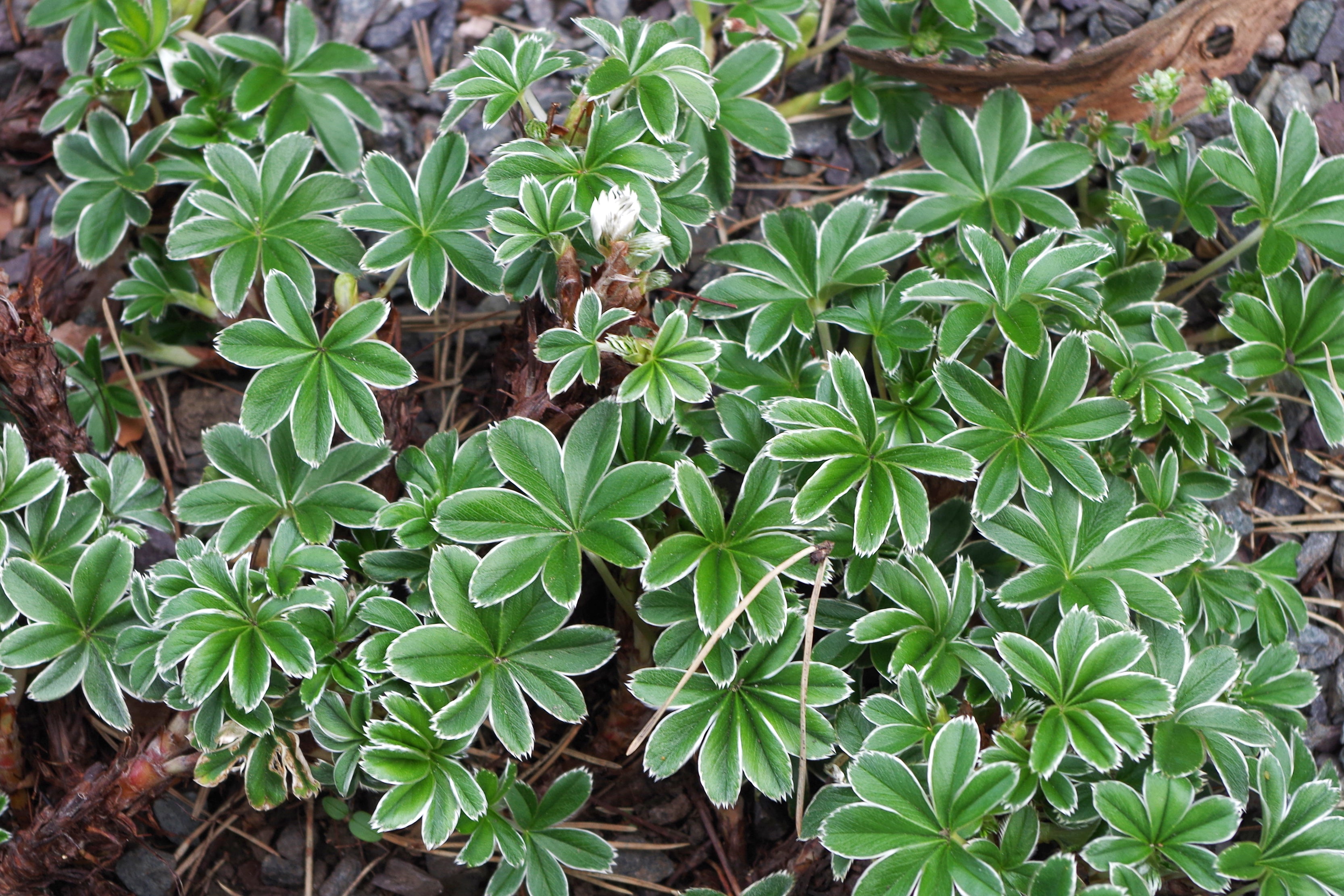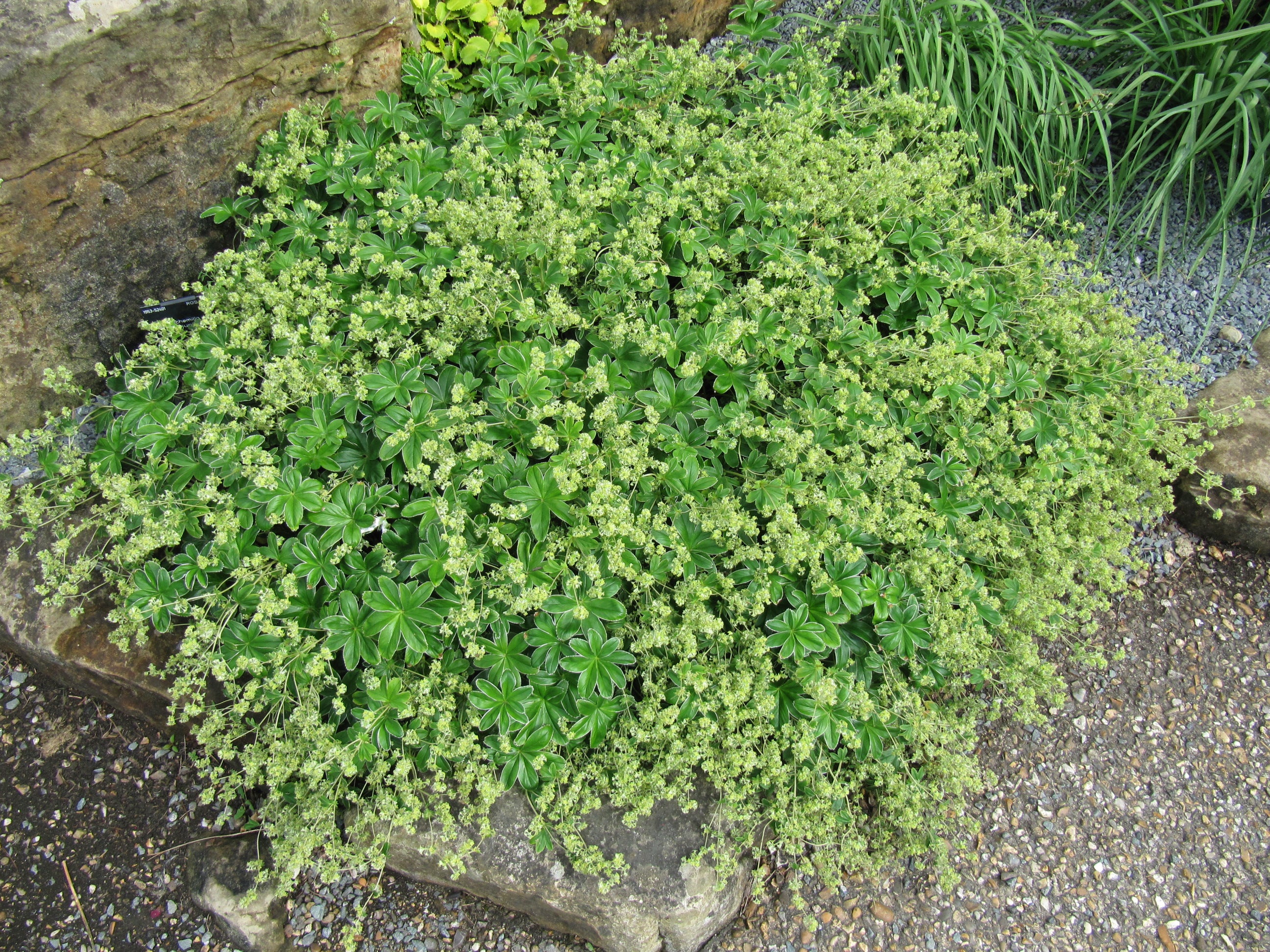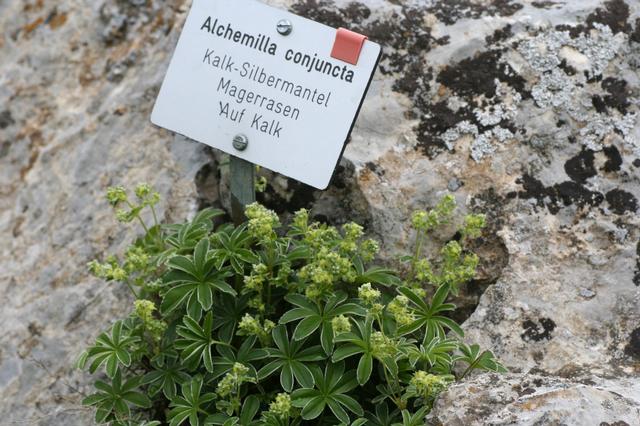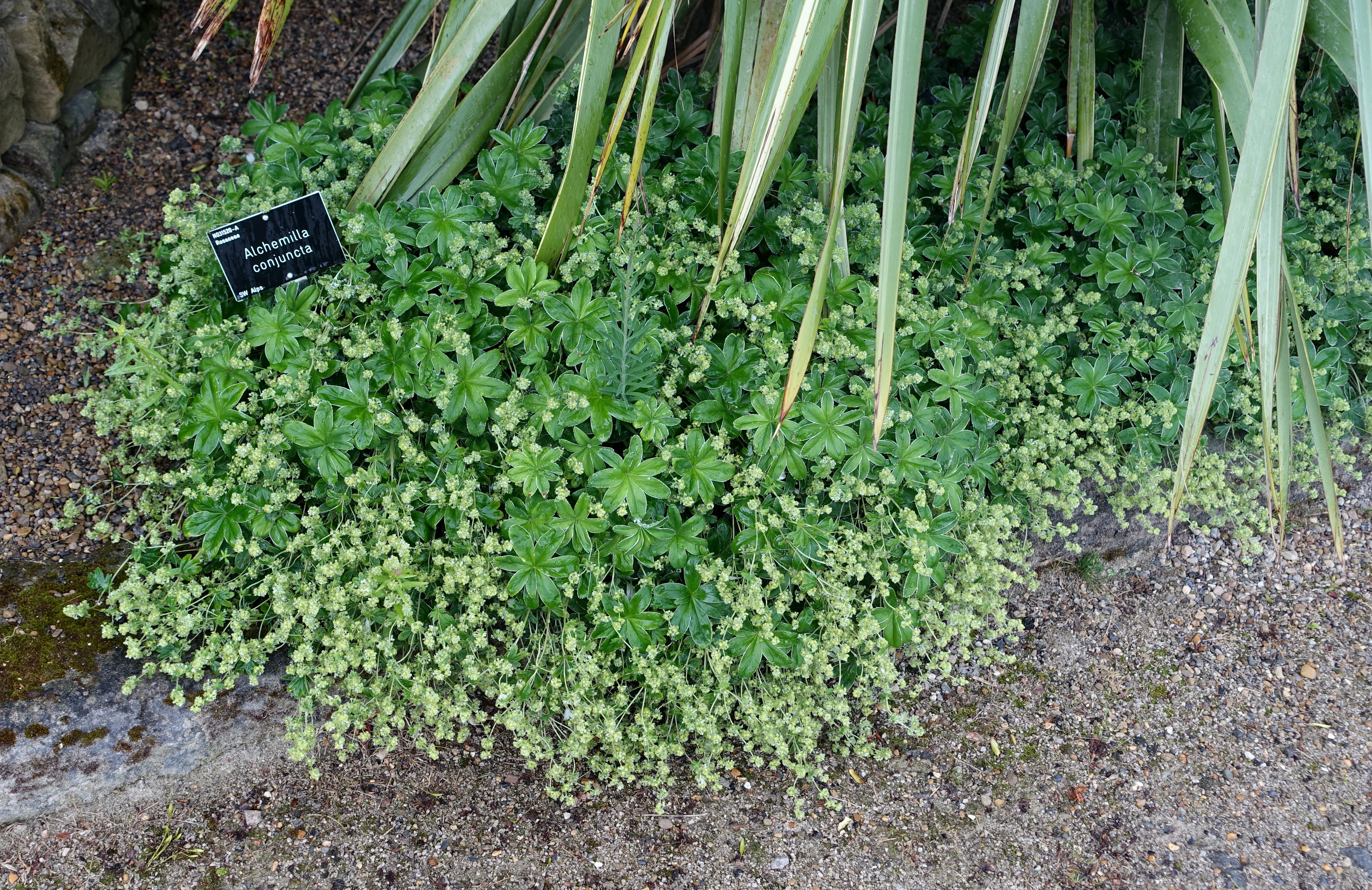Alchemilla conjuncta
Approx. 0.5 litre pot
About this cultivar:
Alchemilla conjuncta was once regarded as native in its upland sites in Scotland, but these are now thought to be deliberate introductions. It is actually native to the southwest Alps and Jura Mountains in France and Switzerland. It has been cultivated in Britain as a rockery plant since c. 1800, and was known from Glen Doll by 1837. It was mapped by Perring & Sell (1968), since when its range has increased slightly. This plant will NOT take over your garden like Alchemilla mollis! As a small plant it works well with other small plants. You can also try it alone in the front of a border, rock garden, path, or wall. Dry the flowers in summer for winter decoration!
- Position: Full sun, partial shade
- Soil: Almost any soil - grows well in Ballyrobert!
-
Flowers: June, July, August, September
- Other features:
- Hardiness: H7 - Hardy in the severest European continental climates (< -20°C), Fully hardy - grows well in Ballyrobert!
- Habit: Clump forming
- Foliage: Deciduous
- Height: 20 - 30 cm (0.33 - 1 ft)
- Spread: 20 - 30 cm (0.33 - 1 ft)
- Time to full growth: 2 to 5 years
- Plant type: Herbaceous Perennial
- Colour: White, green, yellow
- Goes well with: Ground cover plants such as Phlox subulata, Geranium & Vinca. Other small plants, alone in the front of a border, rock garden, path, or wall.
About this genus:
Alchemilla, also known as Lady's mantle, forms quite a large genus featuring a wide range of plant-types. Most species are clump-forming, or mounded, perennials with leaves arising from woody rhizomes. They tend to thrive in cool regions and are quite water-resistant. As you can imagine they often thrive in our garden!The best use of Alchemilla in the garden tends to be as ground cover. As a result they compliment other ground cover type plants such as Phlox subulata, Geranium and even Vinca.








